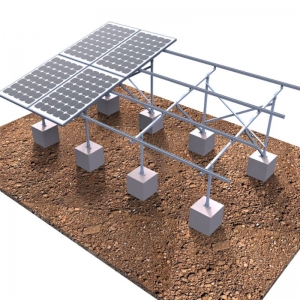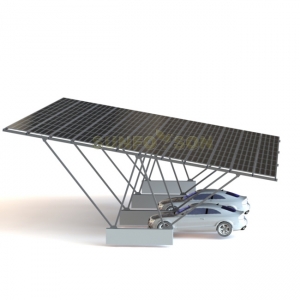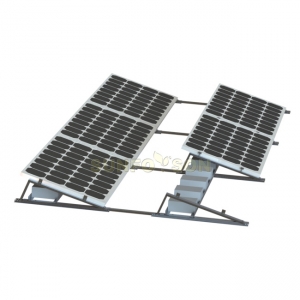Recently, concerns about the radiation emitted by photovoltaic (PV) power stations have sparked various discussions. Some believe that PV stations can impact the flowering and fruiting of trees, while others suggest potential health effects on humans. There are even claims that "not a blade of grass grows within a three-mile radius" of a PV station. However, it's essential to clarify that all things in the world are subject to radiation, which can be categorized into ionizing and non-ionizing radiation. Harmful effects on humans are primarily associated with ionizing radiation.
Ionizing Radiation and Safety Levels: In 1895, German physicist Wilhelm Röntgen discovered X-rays, marking the beginning of understanding ionizing radiation. The unit of measurement for ionizing radiation is the millisievert (mSv). For reference, a chest X-ray emits approximately 0.2 mSv, and even the highest-dose CT scans do not exceed 10 millisieverts. The annual permissible exposure for humans is set at 100 mSv, ensuring safety.
Comparisons to Everyday Items: To put radiation levels into perspective, a banana emits approximately 0.0000778 mSv. In other words, consuming up to 1.28 million bananas per year remains within safe limits. If one were to spend 16 hours a day eating bananas, it would amount to approximately 3.652 bananas per minute. This comparison emphasizes that the ionizing radiation encountered in daily life is negligible and should be considered within a numerical context.
Non-Ionizing Radiation: Non-ionizing radiation, associated with devices like phones, computers, humidifiers, WiFi, and hairdryers, is measured in microteslas (μT). These values typically range from a few to over ten microteslas. When combining the radiation values from these devices, it remains lower than the exposure one would receive from sunlight.
Photovoltaic Power Stations: PV power generation falls under non-ionizing radiation. The process involves converting sunlight into direct current electricity through semiconductors and then transforming it into usable alternating current via inverters. The PV components themselves do not emit any electromagnetic radiation during the electricity generation process.
Scientific Evaluation: Scientific assessments confirm that installing PV stations on rooftops results in electromagnetic environments lower than those commonly found in household appliances. The cumulative radiation produced poses no health risks to individuals. Non-ionizing radiation lacks the ability to directly affect the internal organs of living organisms and, at most, induces surface heating, similar to the warmth experienced when exposed to sunlight.
Conclusion: In conclusion, PV power generation does not pose health hazards to humans and can be used with confidence. Understanding the scientific principles behind radiation and its negligible impact on human health is crucial for dispelling misconceptions surrounding photovoltaic technology.
















